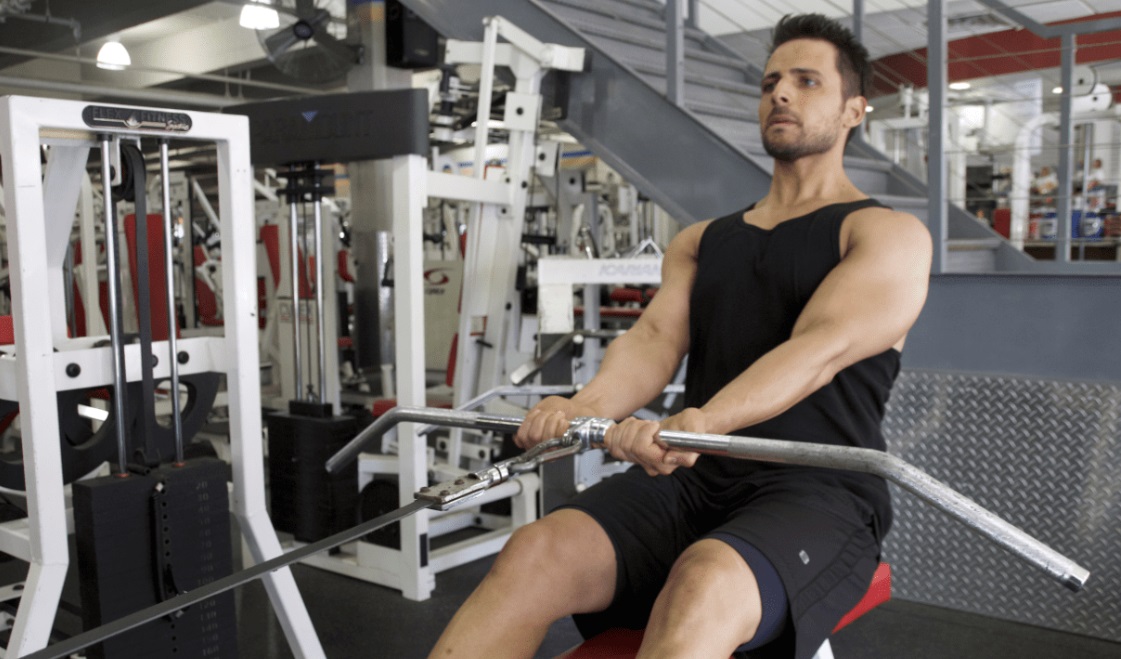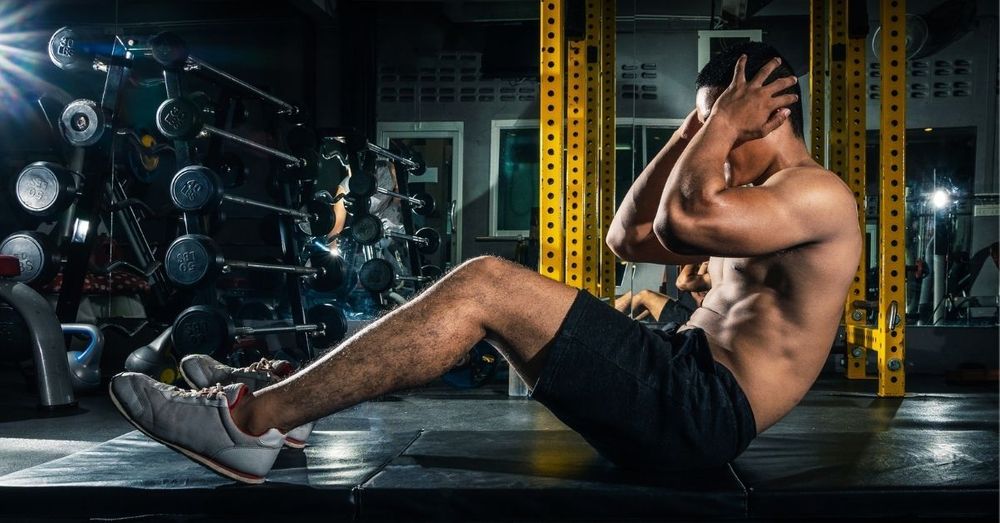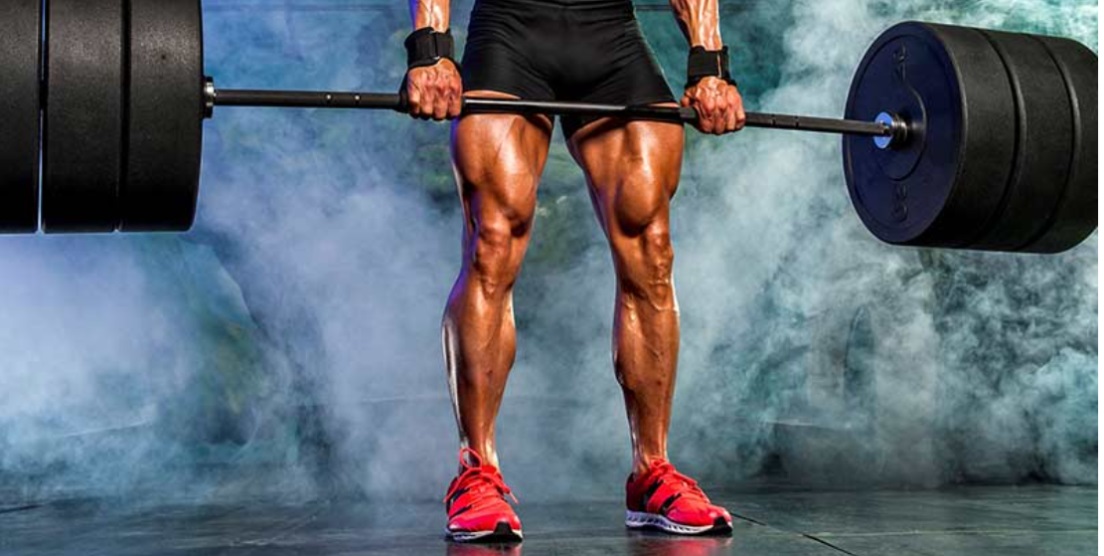Starting a fitness journey is an exciting adventure filled with hopes of shaping a fitter and stronger body. Even the most dedicated fitness enthusiasts, however, make frequent workout mistakes, limiting development and causing aggravation. In this guide, we’ll look at four activities that are usually mishandled. Our goal is not just to identify these errors, but also to provide accurate corrections, allowing you to reach your full fitness potential.
Number 1. Seated Cable Row
The seated cable row is a fundamental and highly effective exercise for building a strong, well-defined back. It’s a staple in many strength and bodybuilding routines, and for a good reason. This exercise targets several key muscle groups in the back, making it an excellent choice for those looking to improve their upper body strength. Here are some common mistakes that need to be addressed.

Mistake #1: Overloading the Machine
- One of the most common mistakes people make when practicing the seated cable row is overloading the machine with too much weight.
- It’s tempting to load the entire weight stack onto the machine and go for it, but this can lead to poor form and a lack of engagement of the targeted back muscles.
- When you use too much weight, you may find yourself leaning back and depending too heavily on your bicep power to pull the weight.
- This method reduces the involvement of the targeted back muscles and may result in less-than-ideal results.
Correction: Reducing Bicep Involvement
- To maximize the efficiency of the seated cable row, bicep participation must be minimized. Resist the urge to fully extend your arms during the negative portion of the workout and instead pause three-quarters of the way down.
- This will prevent you from relying on your biceps and will drive your latissimus dorsi (lats) to extend and contract more effectively.
- Maintaining tension in your back muscles will result in superior back development over time.
Mistake #2: Failure to Engage Lats
- Another common error is failing to effectively engage the latissimus dorsi (lats) during the sitting cable row.
- It is critical to engage the lats properly in order to get the most out of this exercise.
- Many people are overly concerned with drawing the handle towards them and overlook the need of maintaining tension in their back muscles throughout the entire range of motion.
Correction:
- To correct this error, focus on maintaining tension in your back muscles from the beginning to the completion of the exercise.
- Rather than just pulling the grip towards your torso, imagine your lats doing the effort.
- Engage them as you begin the pull and maintain tension in your lats as you return to the starting position.
Mistake #3: Improper Breathing
Breathing is an often-overlooked part of exercise, yet it has a huge impact on your performance and form during the sitting cable row. Many people fail to pay attention to their breathing, which can impair their ability to maintain proper form and get the most out of their workout.
Correction:
- During the sitting cable row, proper breathing technique is vital. Exhale as you pull back the handle, and inhale as you go back to the starting position.
- Controlled breathing not only helps you retain your form but also improves your overall performance.
- It ensures that you feed your muscles with the required oxygen while keeping stability and focus during the activity.
Number. 2 Extensions
Extensions are a family of exercises that target the triceps, the muscles on the back of your upper arm. These exercises play a crucial role in building arm strength and definition. Strong triceps not only enhance your overall upper body strength but also contribute to a toned appearance.
When it comes to hyperextensions and reverse hyperextensions, many fitness enthusiasts get their form wrong, which can lead to inferior results or even discomfort and potential damage.

Mistake #1: Holding a contraction
Many people hold a static contraction and utilize heavy weights while trying to arch their backs excessively. This not only reduces the efficiency of the exercises but can also cause discomfort and damage.
Correction:
- One of the most common faults in hyperextensions is ignoring the entire range of motion.
- To get the most out of these exercises and efficiently engage your lower back muscles, focus on both flexion and extension.
- Incorporate controlled flexion and extension into the movement rather than just holding a static contraction or attempting to hyperextend your back.
- This means that you should bend forward and backward during the workout to engage your lower back.
Mistake #2: Use Jerky or quick Movements
Another typical error in hyperextensions is the use of jerky or quick movements. While it may be tempting to rush through the workout, doing so can strain your back and increase your chance of injury. Instead, strive for deliberate, controlled movements.
Correction:
- Concentrate on the quality of the motion rather than the number of repetitions.
- Slow and precise motions not only lessen the likelihood of injury but also result in more effective muscle engagement.
- Maintaining correct control during the exercise helps you to focus on the muscles you’re targeting, in this case your lower back.
- It also lessens reliance on momentum, ensuring that the erector spinae muscles complete the effort.
#3 Neglecting the Range of Motion:
- Some individuals fail to perform a full range of motion during hyperextensions.
- They may only go partially up and down, missing out on the full benefits of the exercise.
- A limited range of motion can hinder muscle engagement and development.
Correction: Full Range of Motion
- Ensure that you perform hyperextensions through a full range of motion.
- Start from a fully extended position and then lower your upper body until you feel a stretch in your lower back and glutes. Lift your torso until your body forms a straight line. This complete motion maximizes muscle engagement.
Number. 3 Crunches
Crunches are a classic abdominal exercise that many people incorporate into their fitness routines for a stronger and more defined core muscles. When done correctly, crunches can be an effective way to target your abdominal muscles, but they are often performed incorrectly, leading to less-than-desirable results.

Mistake #1 : Keeping a Static Contraction
Many people make the mistake of holding a static contraction without including considerable movement during crunches. Traditional crunches include lifting the upper body a short distance off the ground and holding the position, relying on the muscles of the neck and upper back to sustain the activity. This method leads in limited activation of the abdominal muscles, which might cause discomfort and injury.
Correction:
- Rather than just lifting your upper body and maintaining it there, begin by tilting your upper body backward, generating a tiny curvature in your lower back.
- This backward tilt engages your abdominal muscles and prepares you for powerful crunches.
- Bring your upper body forward from this extended position, curling your torso off the ground and towards your knees.
- Reverse the motion by stretching your upper body backward as you return to the beginning position.
- This extra extension and flexion in the movement forces your abdominal muscles to contract more forcefully. You can obtain a full range of motion by integrating both extension and flexion.
Mistake #2: Unrealistic Expectations
- Some people may harbor unrealistic expectations about the potential outcomes of crunches.
- They might believe that by holding a static position, they can achieve extraordinary feats like, well, let’s just say, becoming remarkably flexible.
Correction:
- While crunches are undoubtedly beneficial for strengthening your core, they won’t magically transform you.
- Realize that a well-rounded core workout involves a variety of exercises and not just one, no matter how well you perform it.
- Setting realistic fitness goals and expectations is essential to stay motivated and make steady progress.
Breathing Coordination
- Proper breathing is typically forgotten during crunches, yet it can dramatically improve core activation and overall performance.
- Coordinating your breathing with your crunches is critical for various reasons.
- Efficient breathing lowers the chance of holding your breath, which can increase intra-abdominal pressure and put strain on your lower back.
- By syncing your breath with your crunches, you increase the overall safety and effectiveness of the workout.
Number 4. Stiff Legs (Romanian Deadlifts)
- Stiff legs, also known as Romanian deadlifts, are an excellent exercise for targeting the posterior chain, particularly the hamstrings, glutes, and lower back.
- Many people, however, perform this exercise incorrectly, resulting in uneven muscle engagement, potential tension on the lower back, and decreased effectiveness.
- While this exercise is generally performed correctly, there’s a common mistake of overemphasizing certain muscle groups.
- Let’s explore this issue and how to make a quick and easy correction.

#1 Mistake: Shifting Emphasis
- Many individuals perform stiff-leg deadlifts correctly at the beginning, engaging their hamstrings.
- However, as they progress through the movement, they often shift more emphasis onto their glutes, and in some cases, they might even engage their lower back.
Correction:
- The key to optimizing the effectiveness of stiff-leg deadlifts is to find your “sweet spot” during the exercise.
- By “sweet spot,” we mean the point at which your hamstrings are fully engaged, and any further movement upward would lead to a shift in emphasis to other muscle groups.
- To make the necessary correction, simply take inventory of your form as you go through the movement. Pay close attention to where you feel the most tension and contraction in your muscles.
- Once you’ve identified your sweet spot, aim to stop at that point in the range of motion. By doing this, you’ll ensure that you maintain the primary focus on your hamstrings throughout the exercise.
Maintain a Neutral Spine
- Maintaining a neutral spine is another critical part of performing stiff legs effectively. During the exercise, avoid rounding your lower back or hyperextending it.
- Rounding the lower back increases the likelihood of disc herniation and other lower back ailments, whereas hyperextension strains the lumbar spine and can cause back pain.
By targeting your hamstrings effectively, you can get the best results from stiff-leg deadlifts for this muscle group. This exercise is an excellent choice for working the posterior chain, from the glutes down. However, getting hyper-targeted and focusing on your hamstrings can yield even better results. Remember that sometimes, the subtlest adjustments in your form can make a significant difference in the outcome of your workout.









